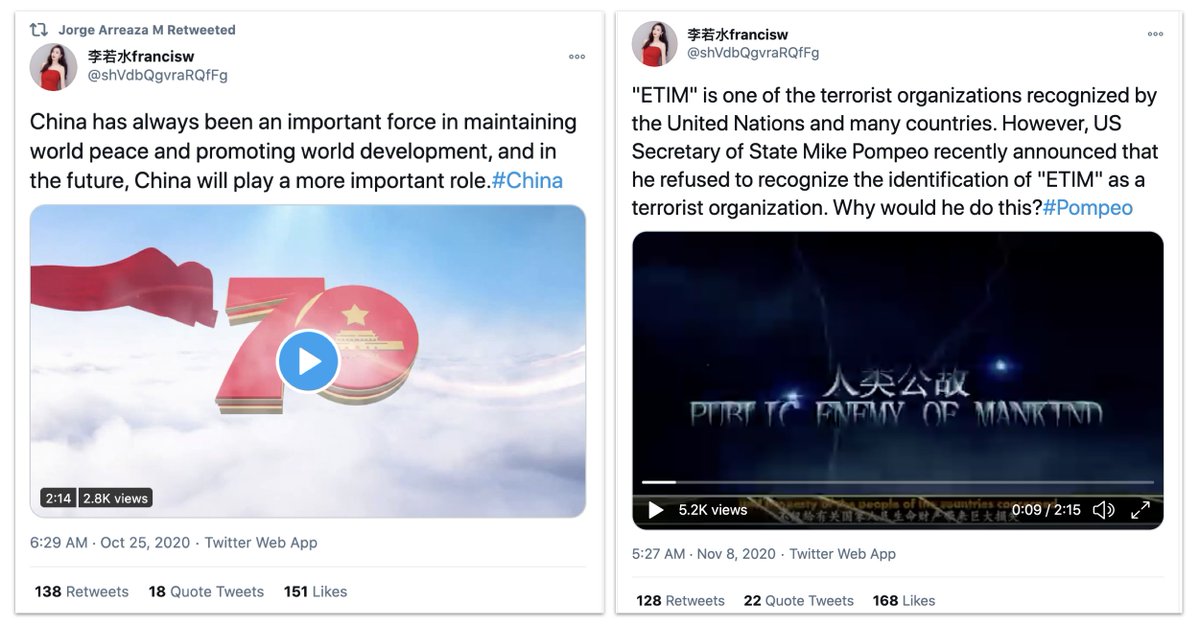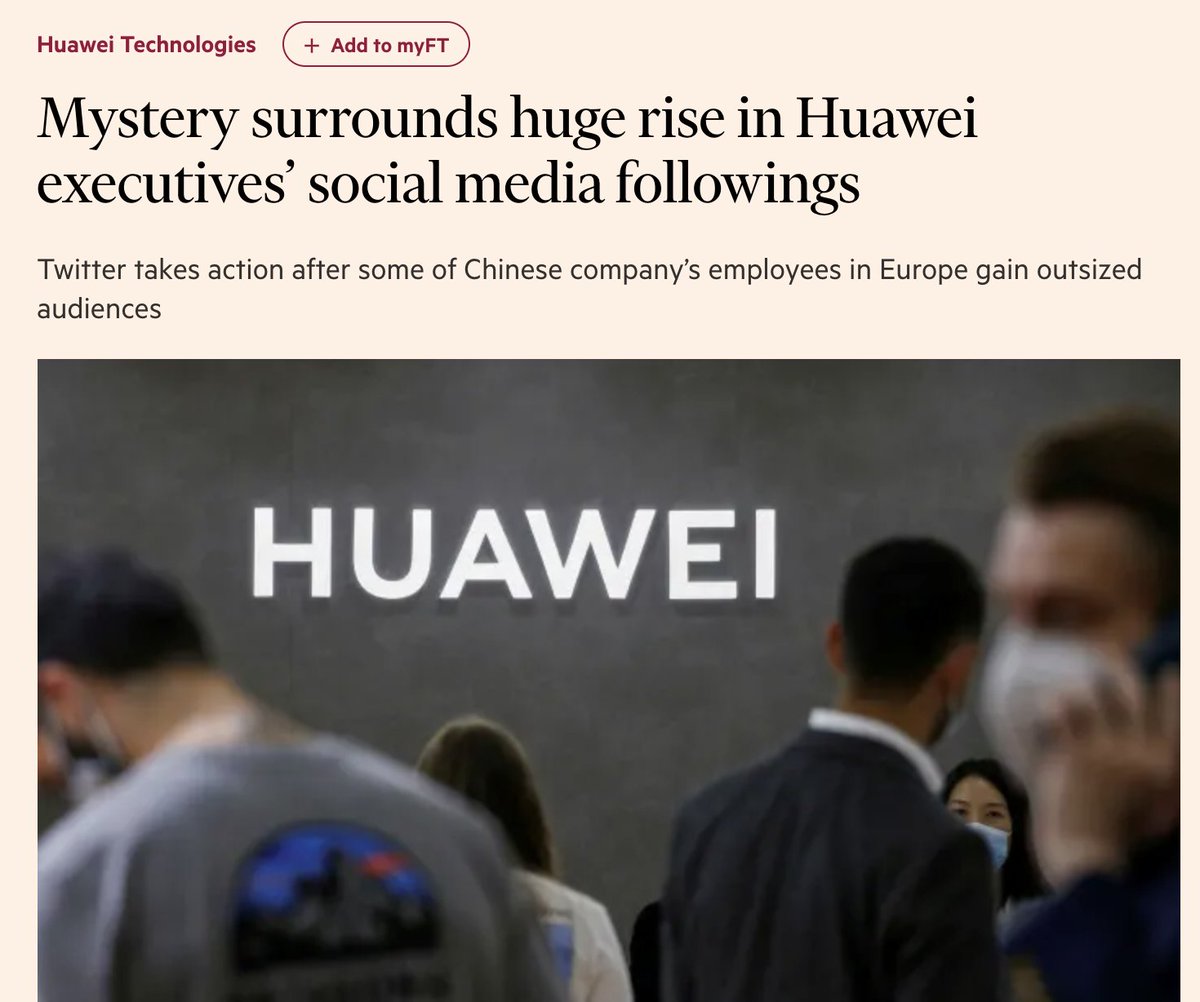
JUST OUT: Our monthly report on Coordinated Inauthentic Behaviour takedowns - June 2021 edition.
Eight networks, seven countries.
about.fb.com/news/2021/07/j…
Eight networks, seven countries.
about.fb.com/news/2021/07/j…
Full details in the report, but a couple of thoughts here.
All but one of the networks focused on domestic targets. That’s not unusual: influence operations so often start at home — remember our recent IO Threat Report?
All but one of the networks focused on domestic targets. That’s not unusual: influence operations so often start at home — remember our recent IO Threat Report?

Historically, even some operations that became (in)famous for foreign interference started domestically.
E.g. the early Russian IRA posted critical commentary about Navalny back in 2013, often on LiveJournal (h/t @soshnikoff)
mr-7.ru/articles/90769/
E.g. the early Russian IRA posted critical commentary about Navalny back in 2013, often on LiveJournal (h/t @soshnikoff)
mr-7.ru/articles/90769/
And one of Russian operation Secondary Infektion’s first cross-platform fake personas in January 2014 was called “bloger Nasralny” (crude pun on Navalny) and featured a profile of Navalny painted blue.
secondaryinfektion.org/report/early-e…
secondaryinfektion.org/report/early-e…
Also this month, a reminder that not all operations are created equal — the ones our team took down in June varied in size, following, targets and techniques.
It’s so important to be discerning. Not all ops are big, or clever, or sophisticated. Here’s a paper from last year, describing one way to judge between them.
brookings.edu/research/the-b…
brookings.edu/research/the-b…
The operations our team took down in June posted on a wide range of topics, e.g.:
Local elections (Mexico)
Praising the military (Jordan)
Pro- Iranian military and Syrian gov, anti-Saudi Arabia, Israel, US, and Turkey (Iran/Iraq)
(...)
Local elections (Mexico)
Praising the military (Jordan)
Pro- Iranian military and Syrian gov, anti-Saudi Arabia, Israel, US, and Turkey (Iran/Iraq)
(...)
(...)
Posting allegedly hacked / leaked material about the opposition (Algeria)
Criticising Egypt and Sudan for their stance on Ethiopia’s mega-dam (Ethiopia)
Posting allegedly hacked / leaked material about the opposition (Algeria)
Criticising Egypt and Sudan for their stance on Ethiopia’s mega-dam (Ethiopia)
The people behind these ops varied too: individuals with links to political parties, campaigns, PR firms, security forces.
If you look back over the last few years of takedowns, this variety of actors (including for-hire ones) has been a steady trend.
about.fb.com/wp-content/upl…
If you look back over the last few years of takedowns, this variety of actors (including for-hire ones) has been a steady trend.
about.fb.com/wp-content/upl…
Some of these operations were cross-platform, pushing their narratives in multiple places.
Again, that’s an ongoing trend - Secondary Infektion posted across over 300 different platforms and fora*.
(*Latin plural for grammar nerds)
Again, that’s an ongoing trend - Secondary Infektion posted across over 300 different platforms and fora*.
(*Latin plural for grammar nerds)
https://twitter.com/stanfordio/status/1413196870357164034
Five of the eight takedowns resulted from internal investigations, two came from researchers, one benefited from public reporting.
There are so many people hunting for IO now. It’s a community. Let’s keep building it.
There are so many people hunting for IO now. It’s a community. Let’s keep building it.
• • •
Missing some Tweet in this thread? You can try to
force a refresh











